Do Tooth Fairies Exist? This is the kind of question that comes up when kids start losing their teeth and parents don’t know how to react. Perhaps your child asked you in a wide to eyed manner or perhaps you’re simply interested in the origin of this custom. Either way it’s one of those moments that mixes a little bit of magic with a little bit of doubt.
In this post we’ll dig into the real story behind the Tooth Fairy where the idea started why kids believe in it and what it means for families today. You’ll also get some practical ways to handle the big question when it comes up without losing the fun and excitement. If you’ve ever wondered about this tiny magical visitor you’re in the right place.
Where Did the Tooth Fairy Come From?
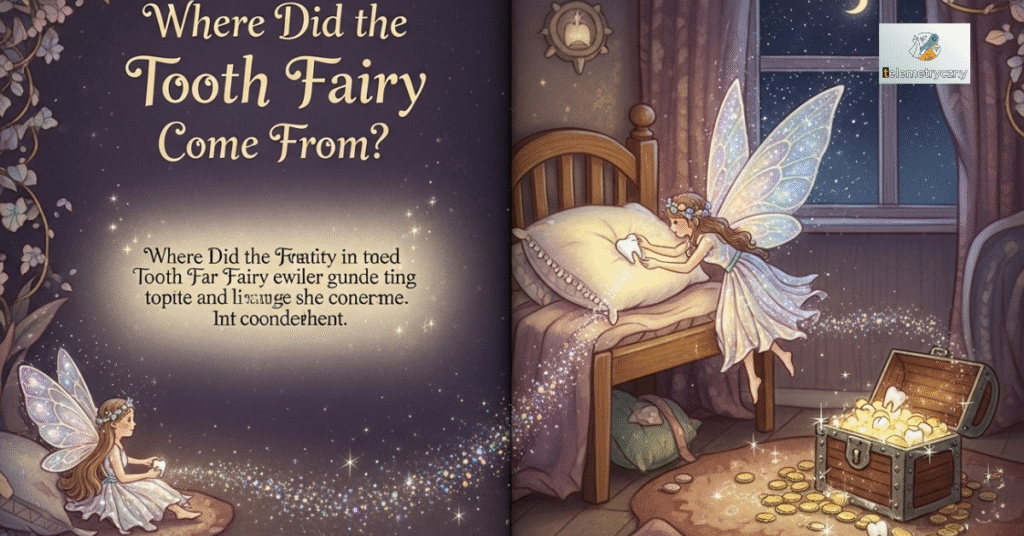
Early in the 20th century the Tooth Fairy as most American families know her gained popularity. She was portrayed as a little winged character that gave kids money in return for their lost baby teeth by leaving it under their pillows. Because it offered children something to look forward to and transformed a normal aspect of growing up into a celebration parents supported the ritual.
But the idea of lost teeth having special meaning goes back much further. Vikings occasionally brought children’s teeth into battle as protective charms because they were thought to bring good fortune in Norse mythology.
The baby teeth of children were frequently buried by their parents in medieval Europe to keep witches from using them for evil magic. These rituals show that even long ago people saw children’s teeth as more than just tiny bones they carried symbolic power.
Different cultures also developed their own unique variations:
- In Spain and Latin America children wait for El Ratoncito Pérez a clever little mouse to sneak under their pillows and swap a tooth for a coin.
- In France and Italyn a similar mouse figure takes the place of the fairy.
- In Turkey and Greece some families bury a child’s tooth in fertile soil believing it will help the child grow strong and healthy.
- In Mongolia lost teeth are fed to dogs or buried near livestock a ritual thought to pass strength and resilience to the new teeth.
The American version of the Tooth Fairy combined these older customs with the magic of folklore and fairytales. Over time she became a cherished figure part comforter part reward to giver and part symbol of the mystery of growing up.
See More: God Is Greater Than Highs and Lows
Why Do Children Think That the Tooth Fairy Exists?
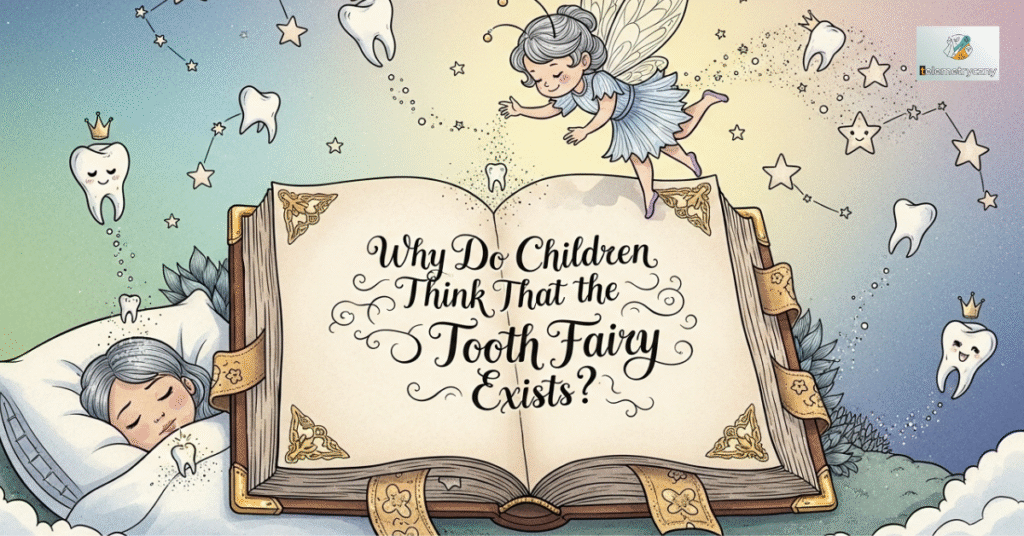
Because childhood is a time of wonder and imagination children believe in the Tooth Fairy. Between the ages of three and eight children experience a phase of magical thinking according to experts. At this age the line between fantasy and reality isn’t fully drawn. Superheroes Santa Claus talking animals and yes the Tooth Fairy all seem perfectly believable.
But belief doesn’t form in isolation. Parents siblings and classmates also reinforce the idea. A preschooler might hear a classmate proudly share how the Tooth Fairy left behind a shiny coin or a glitter trail. These shared stories create excitement and give children a sense of belonging. For them it’s not just about receiving money it’s about being part of a magical tradition that feels bigger than themselves.
Global Tooth Traditions
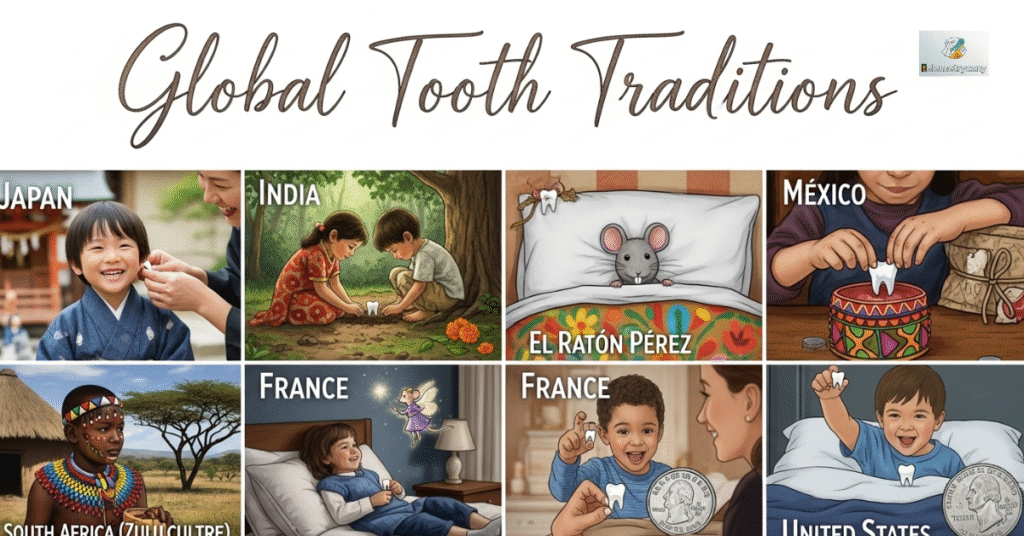
Although the Tooth Fairy is particularly well to liked in North America various cultures have interesting ways of commemorating lost teeth:
- Spain & Latin America: Children eagerly await El Ratoncito Pérez or Ratón de los Dientes a small mouse who exchanges teeth for coins.
- France & Italy: A similar tooth to collecting mouse plays the fairy’s role.
- Turkey & Greece: Families sometimes bury a child’s tooth in fertile soil to symbolize a strong and prosperous future.
- Mongolia: Children’s teeth are either fed to a dog or buried near livestock, symbolizing strength being passed on to the new teeth.
- Norse Culture: Warriors wore children’s teeth as charms linking childhood milestones to adult protection and bravery.
These traditions highlight a universal theme across generations and cultures losing baby teeth isn’t seen as just biology it’s viewed as a milestone worth celebrating.
The Science of Belief and Childhood Imagination
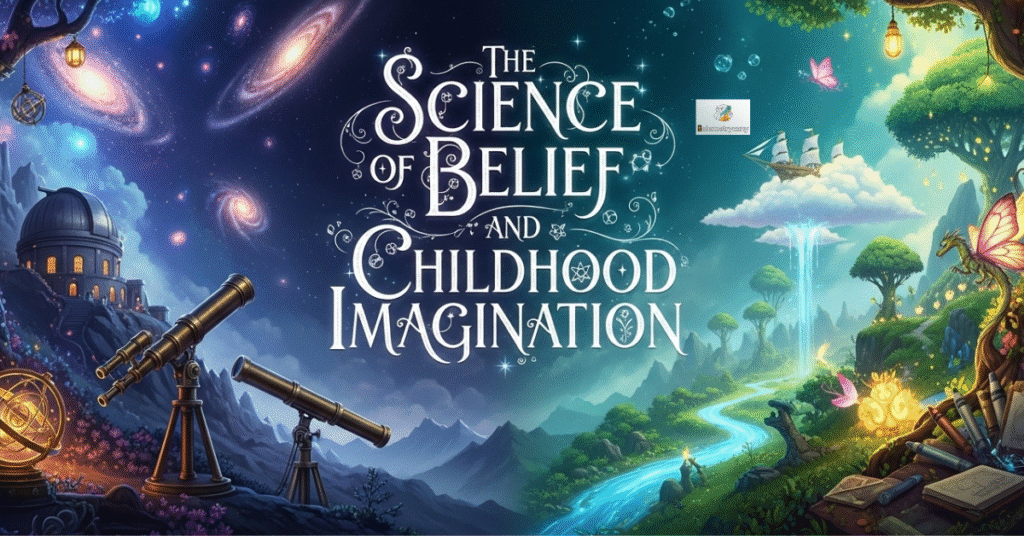
Believing in magical figures like the Tooth Fairy does more than entertain it helps children develop. Psychologists suggest that myths and rituals can boost creativity problem to solving, and emotional intelligence. By imagining magical beings children practice thinking beyond ordinary limits.
Of course belief doesn’t last forever. By middle school a lot of children start to notice discrepancies or hear skepticism from their classmates. This change from belief to skepticism is a natural element of maturing from unadulterated imagination to critical thought. When parents are patient throughout this phase they can assist their kids embrace maturity and treasure the memories.
See More: your Topics Multiple Stories
How to Talk to Your Child About the Tooth Fairy
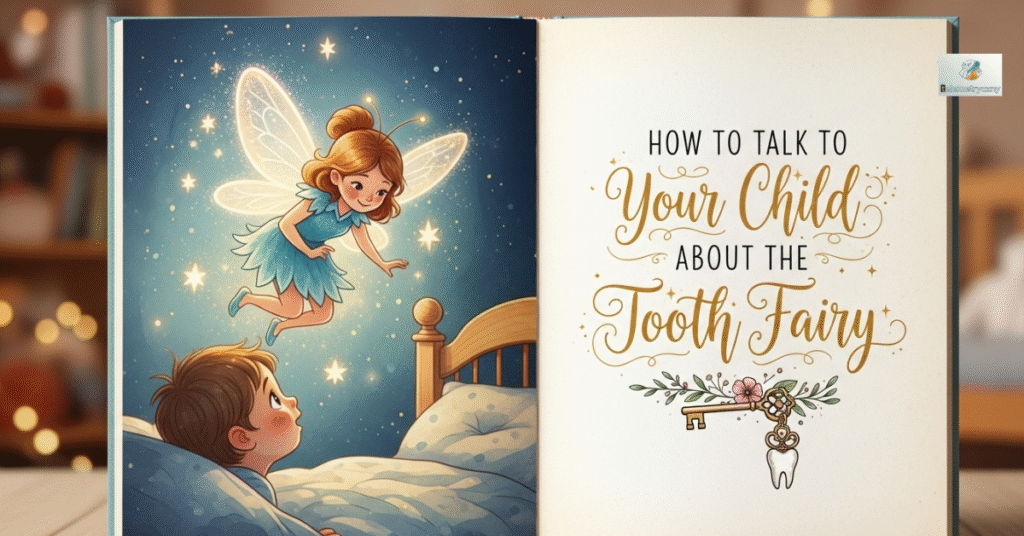
Follow Your Child’s Lead
Every child processes curiosity differently. Some will directly ask Is the Tooth Fairy real? while others might quietly doubt but still enjoy the magic. The best approach is to match your response to their curiosity. If a child is excited play along. If they are doubtful gently guide them without making them feel tricked.
Age-Wise Guidance
Ages 3 to 6: Nurture the Magic
At this stage children live in a world of wonder. Let them fully enjoy the Tooth Fairy experience leave glitter trails write small notes or even create tiny fairy doors. The goal isn’t truth vs. lie but creating joy and excitement.
Ages 7 to : Balancing Curiosity and Honesty
Children naturally start to ask more in-depth inquiries and grow more curious at this age. Instead of simply saying yes or no ask what do you think? to end the conversation. enables people to express how they feel about the magic and maintains an open and cozy atmosphere.
Ages 10+: Respecting Their Maturity
Older children usually know the truth. Here it’s important to acknowledge their growth and make the Tooth Fairy less about belief and more about tradition. You can say. You’re right parents are the ones who leave the surprise but we do it to celebrate your milestone and keep the fun alive.
Gentle Responses That Work
Instead of flatly denying or confirming use soft thoughtful phrases:
- The Tooth Fairy is part of a fun tradition families share.
- Some people believe in her some see it as a story what do you think?
- Even if fairies aren’t real the magic we create together is.
These answers encourage dialogue validate curiosity, and avoid making the child feel tricked.
Handling Different Reactions
- If They’re Disappointed Normalize their feelings and highlight the joy they’ve experienced. For example: I know it feels different but wasn’t it fun to have those magical moments?If They’re Excited by the Truth: Some children feel proud when they uncover the secret. Encourage this by letting them help create the magic for younger siblings.
- If They’re Unsure: Let them stay in the gray area. Sometimes kids want to believe even if they suspect otherwise and that’s perfectly okay.
How the Tooth Fairy Can Encourage Good Oral Hygiene
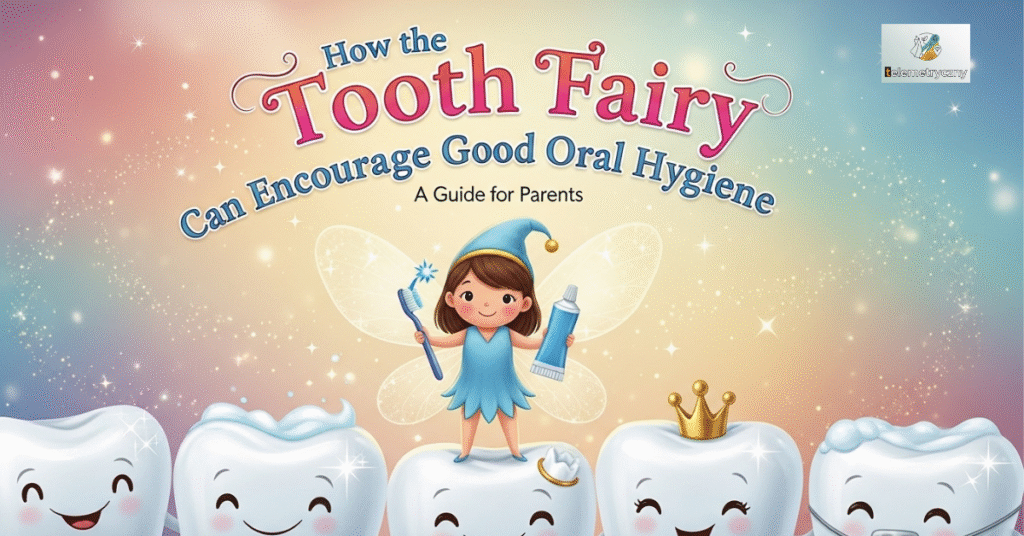
Magic Meets Healthy Habits
In addition to being entertaining the Tooth Fairy tradition offers an opportunity to teach children about dental hygiene. Every time a child loses a tooth parents can link the joy to a crucial lesson. Healthy nutrition and proper brushing are the keys to strong teeth. In this sense the fairy is more than just a giver she also helps people form enduring habits.
Rewards Beyond Money
Many families are now moving away from just leaving coins under the pillow. Instead they use the tradition to reinforce healthy behaviors. Some creative alternatives include:
- Stickers or charts that encourage daily brushing
- Mini storybooks about teeth fairies or healthy eating
- Certificates of bravery for handling the big moment of losing a tooth
- Tiny notes from the Tooth Fairy praising the child’s brushing efforts
This shift keeps the magic alive while also reinforcing good choices.
Linking Dental Visits to the Story
Dentist appointments often feel scary for kids. But what if they were part of the Tooth Fairy’s world? Parents can say things like:
- The Tooth Fairy checks in with dentists to see who’s brushing well.
- She loves shiny cavity to free teeth and dentists help her find them.
Dental visits become less frightening and more thrilling when they are framed as a component of the Tooth Fairy’s mission.
Personalizing the Tradition
Every family can adapt the ritual to their own values. A few fun ideas include:
- Fairy Dust Letters: Sprinkle glitter on a note left by the Tooth Fairy.
- Tooth Pouches or Boxes: Instead of placing teeth under pillows use special boxes or bags.
- Cultural Blends: Mix the Tooth Fairy with traditions like El Ratoncito Pérez or tooth to planting rituals for a unique family story.
The key is making it meaningful. Whether it’s about health imagination or simply togetherness, your version of the Tooth Fairy should feel special to your child.
Creating Lasting Memories
Children may forget the exact rewards but they’ll always remember the excitement the glitter the note and the stories. By turning the Tooth Fairy into both a magical figure and a health ambassador parents give their children more than a fun moment. They’re creating habits and memories that last long after childhood.
Explaining the Tooth Fairy to Children With Love and Honesty
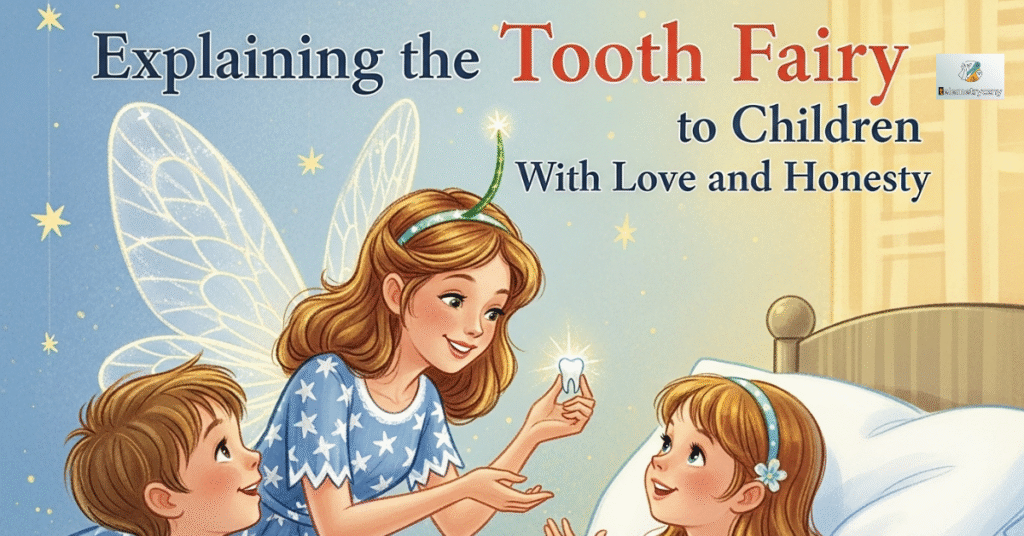
Wrapping Up the Magic
All kids eventually pose the big question. Saying yes or no is only one way to respond another is to lead them in love. Depending on the age and readiness of the child parents can be honest while yet preserving the magic.
- Younger kids 3 to 6: Playful answers keep the story fun.
- Middle years 7 to 9: Balance truth with magic explain that the tradition celebrates their growth.
- Older kids 10+: Honesty works best while cherishing the happy memories built over the years.
Gentle Ways to Respond
Instead of bluntly saying Noshe’s not real you can soften the truth with answers like:
- The Tooth Fairy is a special story families tell to make losing teeth exciting.
- Even if she’s not real in the literal sense the magic is real because we made it fun together.
This way the child feels included and cared for rather than disappointed.
Keeping the Magic Alive Even After the Truth
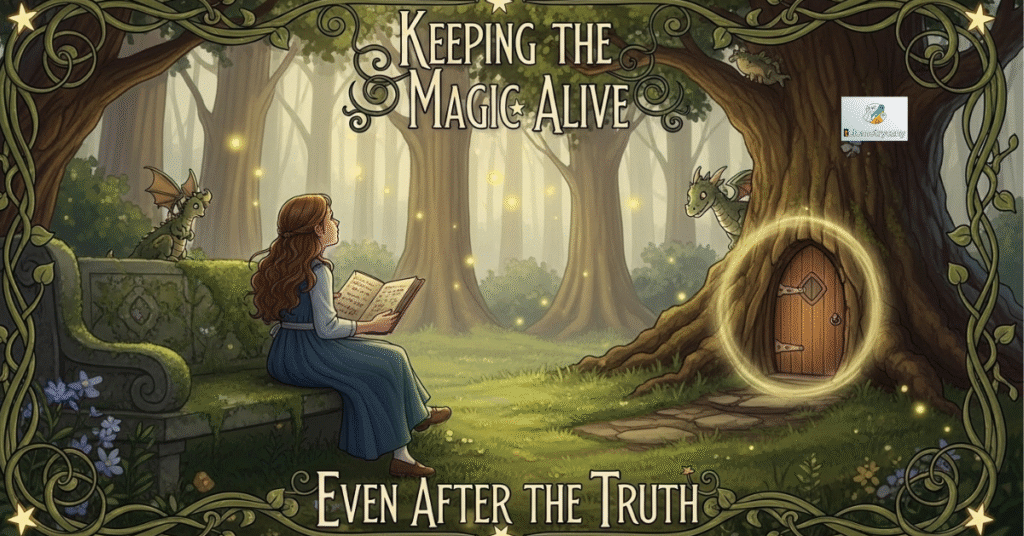
When kids outgrow the belief invite them to be part of the magic. You might say:
- Now that you know you can help me be the Tooth Fairy for your younger sibling.
- The fairy is a story but the love and excitement are real and you’re part of it. This helps children feel proud and included instead of left behind.
Conclusion
Are the Tooth Fairies realthen? Not in the literal sense most likely. The custom however has always focused more on the love joy and creativity that families instill in their children than it has on a winged fairy. Every glitter trail tiny note and penny hidden beneath a pillow has a deeper significance it turns a routine life milestone into something spectacular giving kids a sense of specialness and celebration as they mature.
The memories never go away, not even when the belief goes away. Long after kids stop leaving teeth under their pillows the Tooth Fairy continues to be a part of their bedtime stories and laughing. She stands for the closeness of family the beauty of creativity, and the everyday magic that shapes memories into traditions making her more than a legend.
FAQs
At what age do most children stop believing in the Tooth Fairy?
The majority of children start to doubt between the ages of 7 and 9 however some may continue to believe until they are 10 or even older.
How much money does the Tooth Fairy usually leave?
It varies! Some families leave coins others small bills or even non-monetary gifts like stickers or notes.
What do other cultures do with lost teeth?
Traditions differ worldwide burying the tooth throwing it on rooftops or asking a mouse El Ratoncito Pérez instead of a fairy.
Should parents tell the truth if their child asks directly?
Yes but gently. Follow the child’s lead consider their age and respond with kindness.
Can the Tooth Fairy help encourage better dental hygiene?
Of courseThe fable is frequently used by parents to encourage their children to brush and floss by associating rewards with good behavior.
Hi,
I’m Tehreem, a content writer specializing in SEO-optimized articles that rank and engage. Whether it’s AI-assisted or fully human-written content, I deliver clear, creative, and results-driven writing.
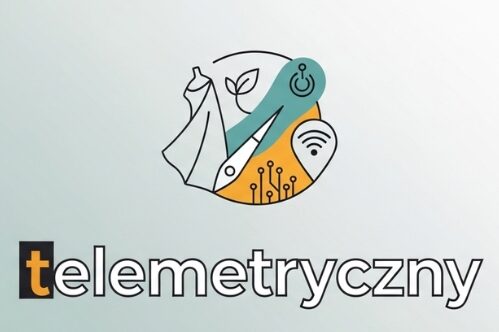
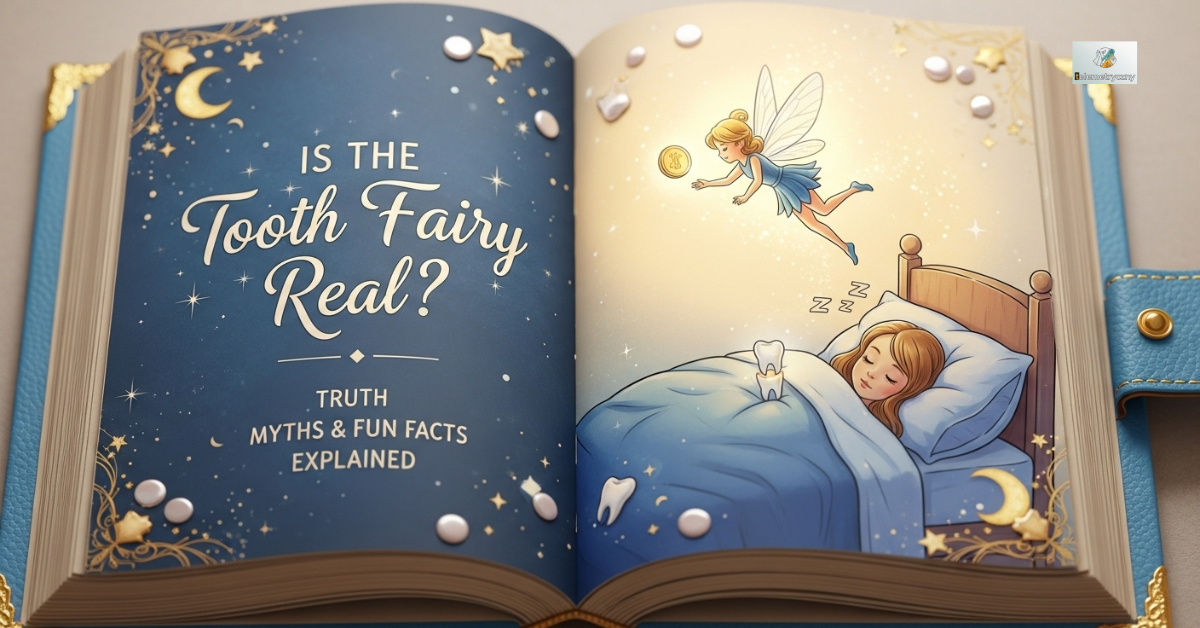
1 thought on “Is the Tooth Fairy Real? Truth Myths & Fun Facts Explained”